Mozambique: Authorities confirm five deaths in Beira sinking - Watch
Mozambique: Thousands of survivors are struggling to survive – Lusa report
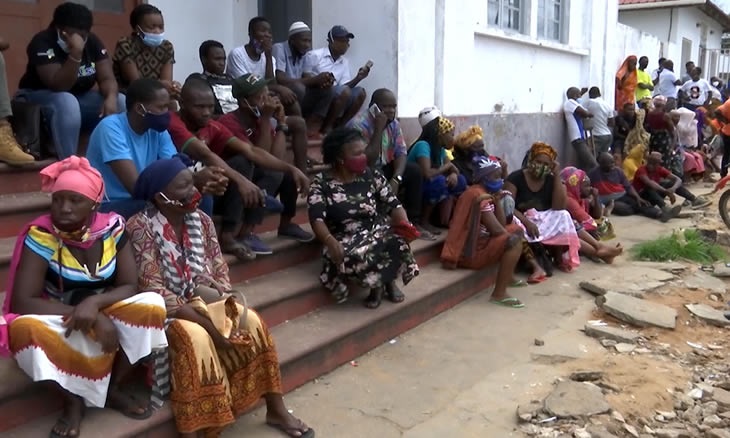
FILE - For illustration purposes only. People waiting for news on relatives and friends, in Pemba, on March 29, 2021. [File photo: O País]
Neither local authorities nor humanitarian agencies have yet hazarded a number for the total displaced by the attack of the 24th of March on Palma. The Islamic State terrorist movement now claims control of the village.
At least one thousand people who fled Palma, including many children, were, by Monday, taking refuge on the Afungi peninsula, demanding water, food and transport from Total oil and Mozambican authorities, a survivor told Lusa.
They are sleeping on the streets, in the school, at the office of the administrative post, in every possible corner of Quitunda, the village built from scratch to resettle those living on the land now occupied by the gas project, which before the attack on Palma was home to just 1,200 people.
Next to it is the gas project’s own runway, and beside that, the facilities, fenced and with gates and surveillance towers, where representatives of the population have been knocking with a list of all those left helpless there.
In search of food, some “try their luck” and walk covertly the four to five kilometres to Palma in search of a sack of rice or flour, but some do not return, one survivor who managed to get to Pemba relates.
People go more than two days without eating.
Palma residents note that the armed group attacked the town just as a boat laden with food and other supplies arrived in Palma, a lure for the violence, they say, and something unlikely to happen again.
But without help, hunger is rampant, some going without food for more than two days. The Quitunda water supply network has also ceased to function, it is said.
Urgent cases, such as the injured, pregnant or sick, have been transported on humanitarian flights to Pemba, while boats organised by Total and the Mozambican authorities have transported thousands of people to the provincial capital, 200 kilometres to the south.
But thousands more are still on the run, and Afungi is only a part of it.
Neither local authorities nor humanitarian agencies have yet hazarded a figure for the total number of those displaced by the attack on Palma, to where attacks in previous months – on Pundanhar and Quionga, for example – had already driven fleeing residents.
Mobile communications remain unreliable, and the gas project’s wireless network has been drafted in as an alternative.
According to one survivor, those who fled to the Afungi peninsula had learned that others like them had drowned trying to cross an arm of sea from Qiwia to Maganja at low tide to access sailing boats.
On Sunday, some people in a group attempting escape were caught and reportedly beheaded by the insurgents, who melted back into the bush when a helicopter approached, leaving the abandoned bodies behind.
The Islamic State terrorist movement on Monday claimed control of the village of Palma.
In addition to Afungi, the population also fled north.
By Monday, there were hundreds in Namoto, on the border with Tanzania, one of the members of the group told Lusa on Tuesday, adding that the number there was constantly increasing.
“We have many children here. Many children are dying in the bush. A lady gave birth [here] and was rescued to Tanzania,” said Denis Liloko, one of the a group who made it to Mueda via the Tanzanian bank of the Rovuma river.
At the time, up to 500 people were close to the riverside village of Namoto, after a 50-kilometre trek from Palma.
Survivors spend days walking without food and without water, a scenario repeated after each major attack throughout 2020, and making this the most costly year of the humanitarian crisis in Cabo Delgado, with the number of displaced quadrupling from 156,400 to almost 700,000.
Conservative estimates put the total number of deaths at around 3,000.




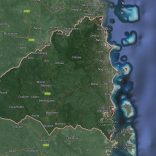
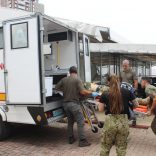
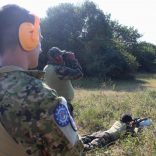


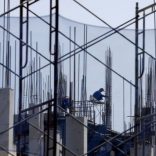


Leave a Reply
Be the First to Comment!
You must be logged in to post a comment.
You must be logged in to post a comment.